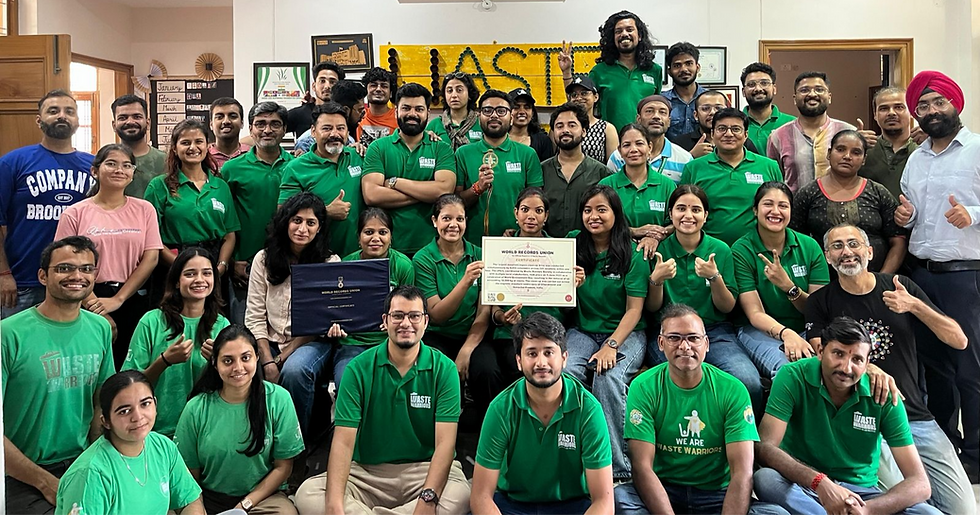Of Iron Curtains and Shut Windows
- Khwaish Gupta
- Sep 30, 2019
- 2 min read
Updated: Jan 30, 2023
On a Sunday evening, talking to my roommate about India-Pakistan partition, I got to know about the Radcliffe line, which my professor too had mentioned in her lecture once. I am told that it was just a random line he drew on paper. It could’ve gone a little to the left, or a little to the right; and all this decided the fate of thousands of Indians. Radcliffe was a British barrister who came to India for the first time in India on July 8, 1947 when he was asked to divide the subcontinent.

‘Sometimes those assigned to run the pencil do so, without realising the impact that their line is going to have on humankind,’ wrote Bishwanath Ghosh in Gazing at Neighbours: Travels Along the Line That Partitioned India, adding, ‘Sir Cyril Radcliffe was one of them’. One funny (or sad?) thing I came across when I read up on it was Cyril telling Kuldeep Nayar, an Indian journo about him not being very satisfied with the ‘natives’ in the Boundary Commissions. Recounting one of the meetings, he told how a Muslim member of the Bengal Boundary Commission asked if he could assign Darjeeling to Pakistan as his family would go there in summers!
Talking about this border, I am reminded of the Berlin Wall, a little about which I read in my Political Science NCERT book.

A graffiti on the Berlin wall read “Forget not the tyranny of this wall, nor the love of freedom that made it fall.”
The Berlin Wall was first built in August 1961, with barbed wire and cinder blocks as the result of a decree passed by East German People’s Chamber. This action was taken in response to the brain drain being faced by East Germany as its working population (almost 2.5mn) migrated to West Germany where there were more opportunities in contrast to their homeland. To give you some context, Cold War is going on, the world is divided between USA and USSR, western part of Germany (and Berlin) is under the administration of the capitalistic US, whereas the eastern share is governed by Socialist Republic of Soviet Union. By 1980s, fortifications extended 45 km through Berlin to divide the two parts of the city and extended a further 120 km around West Berlin to separate it from the rest of East Germany
The Berlin Wall, also known as Iron Curtain came to symbolise both a physical and ideological divide between West and Eastern Europe. However still, thousands of people managed to cross the border, sometimes with due permission (like applying for Visa) and at other times using means like digging a tunnel and flying in a hot air balloon. Thousands were captured too, by the East German authorities and hundreds killed.
The memorable part comes when in 1989, when the wave of democratisation swept through Eastern Europe, it took with it the cement that held the bricks together. Both sides were reunited again, and the world couldn’t remember of anything happier. Just as despite an iron curtain and a wall with no windows there was a ray of hope, freedom danced in the air while the Communist regime of USSR still had to fall.






Comments